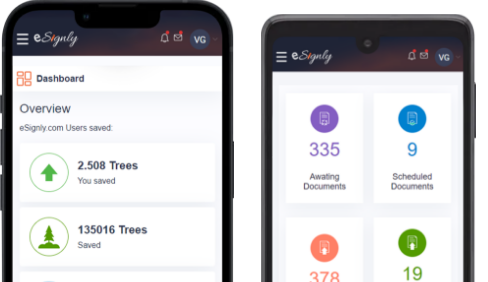Category 1. Countries where electronic signatures have the same legal status as written signatures.
Australia, Canada, Chile, Colombia, Finland, Hong Kong, Ireland, New Zealand, the Netherlands, Peru, Philippines, Portugal, Singapore, South Africa, South Korea, Spain, Switzerland, United Arab Emirates, United Kingdom, United States
Category 2. Countries where electronic signatures are enforceable but do not have the same status as a written signature.
Belgium, China, Czech Republic, France, India, Japan, Russia
Category 3. Countries where the status of electronic signatures is unclear or where digital signatures are strongly preferred.
Argentina, Austria, Brazil, Denmark, Germany, Hungary, Indonesia, Israel, Italy, Macao, Malaysia, Mexico, Norway, Poland, Romania, Sweden, Taiwan, Thailand, Turkey, Uruguay

